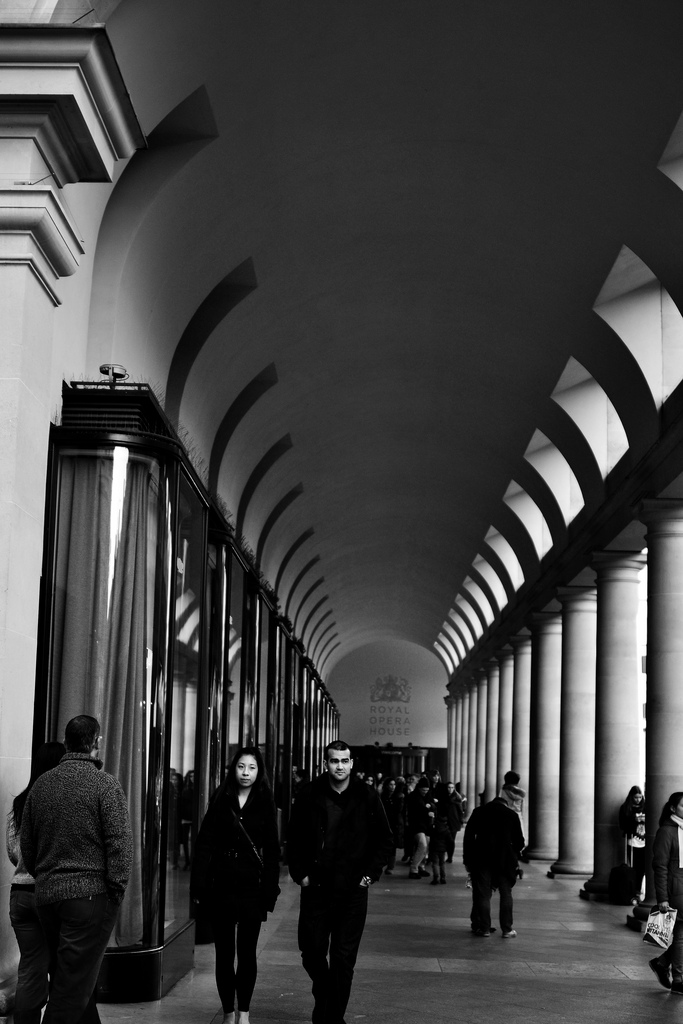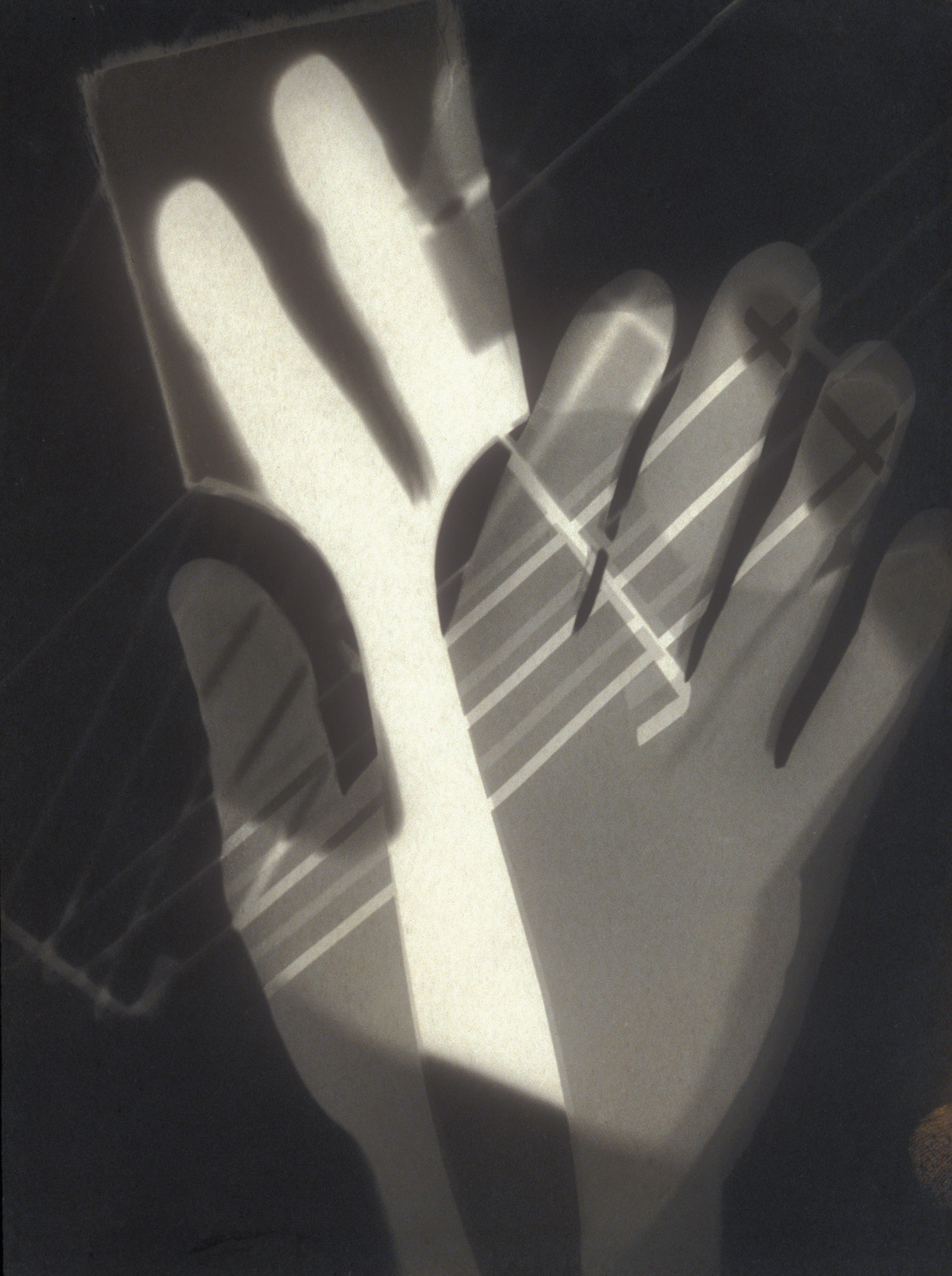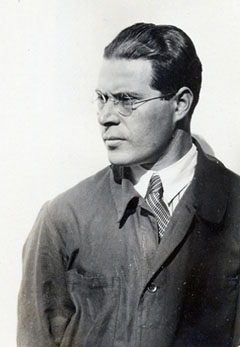
I am happy with the final photos I have chosen for this project. One thing I am happy about with my photos is that I have not had to go out speccifically to take them. The photos I have chosen are the photos I have taken on my own accord throughout my time in owning a DSLR. The photos chosen are taken on both my D3100 and D7000. The fact that these photos have just been me capturing what I see, instead of having to think of things to take, I have captured interesting images in the way that I see them. In this way, I believe that this fits the project better than me going out and taking speccific photos. To be bitterly honest, I don't feel that any of the techniques were beneficial in this project. As nice as double exposures can look, and intricate photoshopping can admittidly look attractive and original, I feel that there is no better way to capture what you see by editing how it is you saw it in your own eyes. I didn't feel that using techniques such as double exposure would benefit my work in any way. If I were to go back and do more work on every day, I would do more work in London. I would like to stay in London for a whole day, capturing the morning commutes, the evening exporations and everything inbetween.















